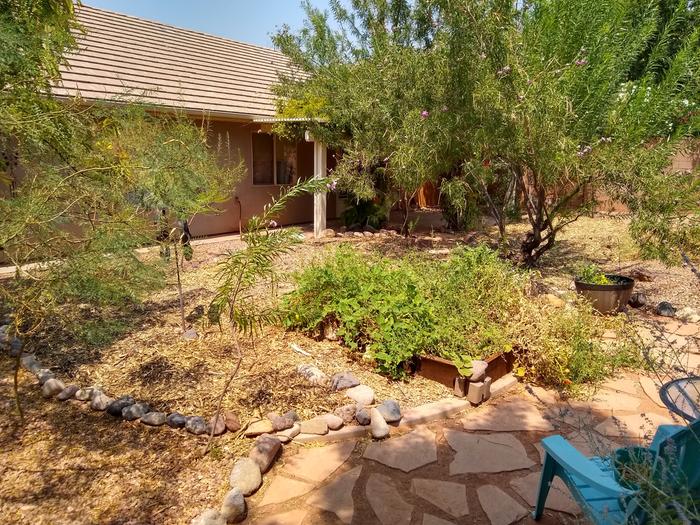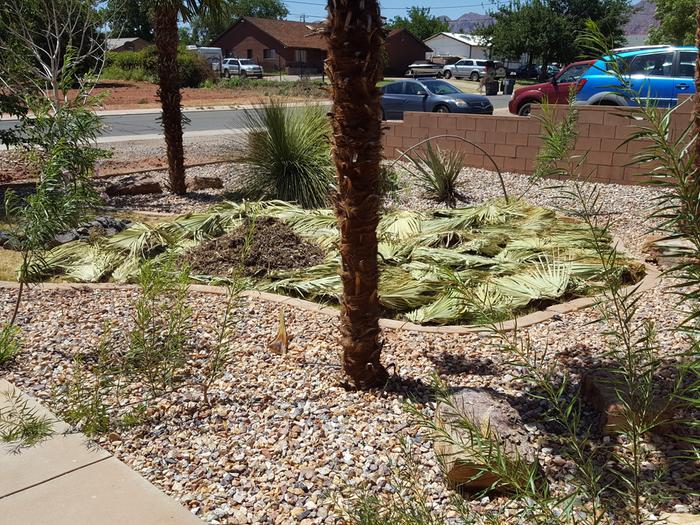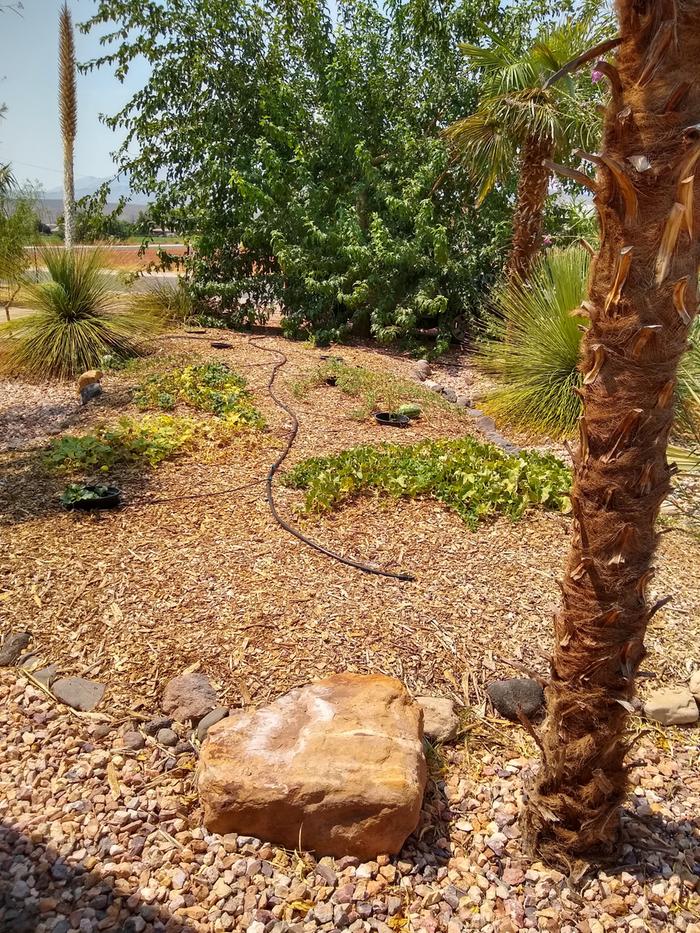
 1
1




 1
1




 2
2




I don't own the plants, they own me.
 8
8







The original Silicon Valley hillbilly.

 1
1




 2
2




Other people may reject you but if you lie in the forest floor for long enough the moss and fungi will accept you as one of their own!







Dennis Bangham wrote:I am trying to overcome some Centipede grass that I planted almost 20 years ago. Very much like Bermuda but grows slower. I have been piling the wood chips on top while I plant my Asian Fruits for my backyard orchard/food forest.
I just completed the second layer of wood chips and put them on thicker but the grass keeps popping up. I do realize that I can reach my hands into the lose wood chips and easily pull out a lot of the Rhizomes since there is no dirt. I am hoping that I can do this when the grass goes dormant. Maybe I can then use a rake and get more faster better cheaper.
Just bought a second hand Overland Electric Wheelbarrow to help with this effort and save my back. so the wood chipping will continue unabated.
The original Silicon Valley hillbilly.

 2
2




“It’s said war—war never changes. Men do, through the roads they walk. And this road—has reached its end.”




 3
3





|
I'm not dead! I feel happy! I'd like to go for a walk! I'll even read a tiny ad:
2024 Permaculture Adventure Bundle (now a special for october 2025)
https://permies.com/w/bundle
|




